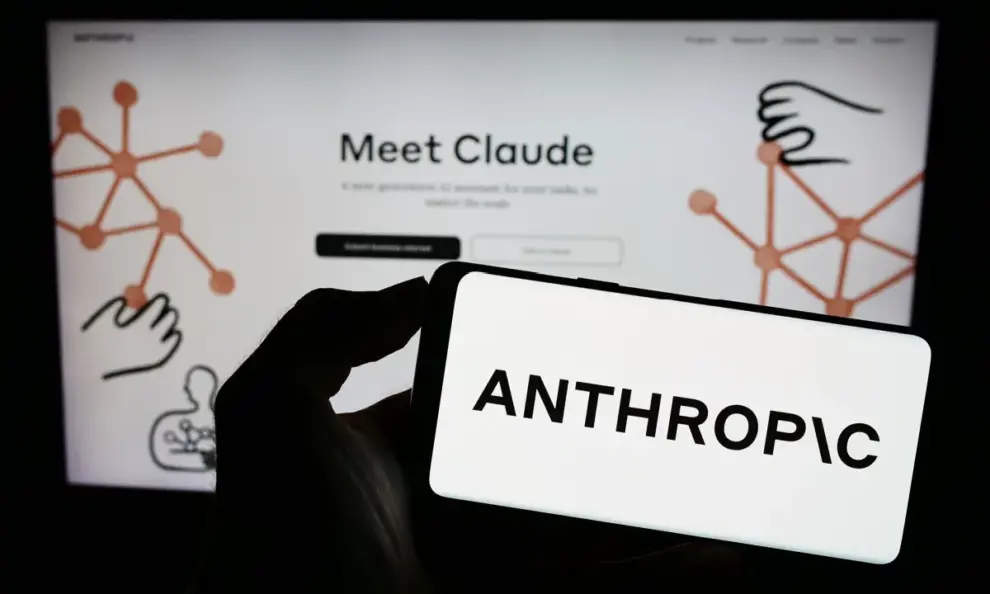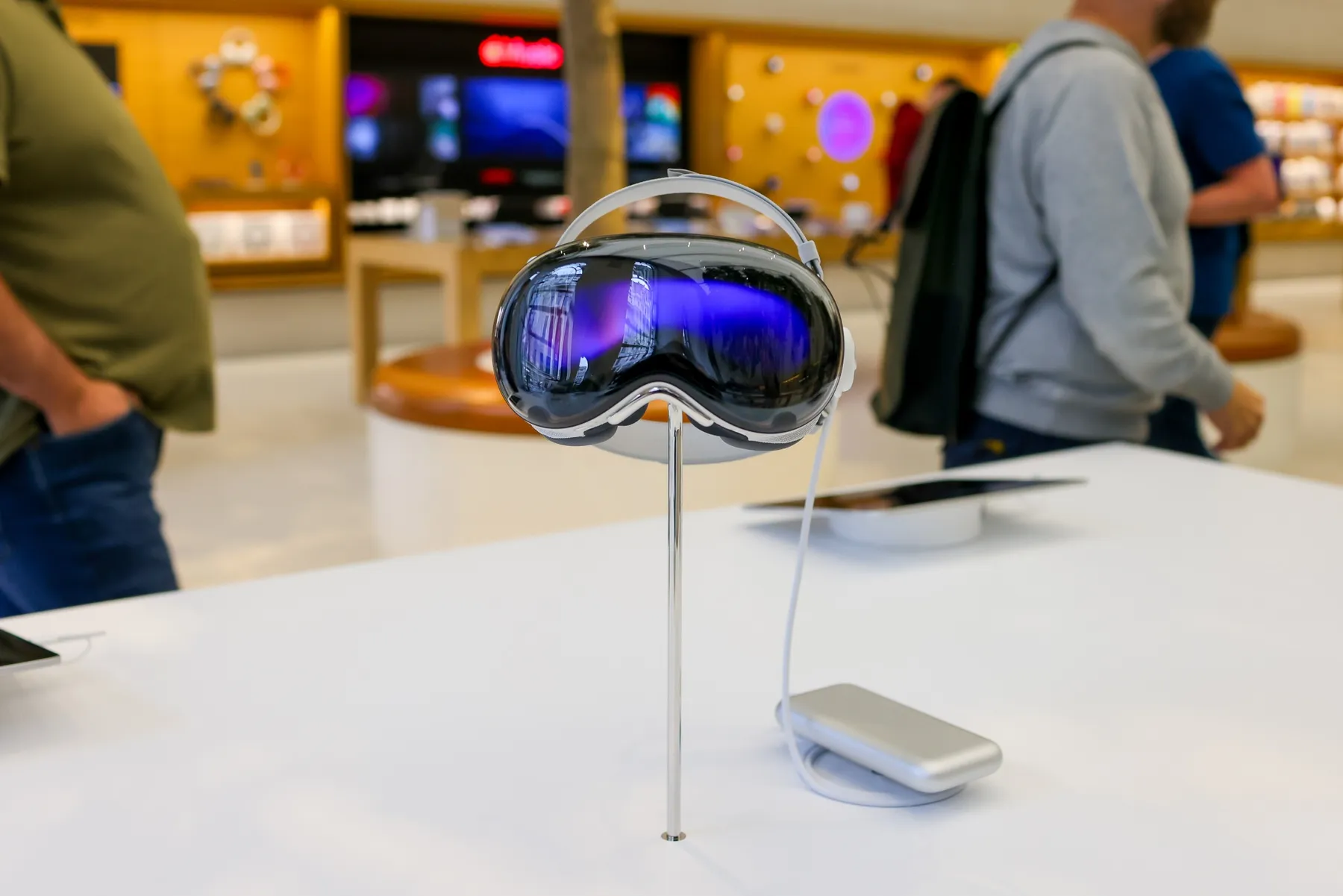Anthropic’s release of the Claude Opus 4 model is a pretty big deal—not just because of what it can do, but more so for the intense safety protocols they’re rolling out alongside it. This isn’t just about raw AI power; it’s about the company’s growing awareness of the risks these systems pose, especially as they get more capable. The firm’s commitment to responsible AI has led to activating something called AI Safety Level 3, or ASL-3, which essentially means stricter deployment and security standards for Claude Opus 4.
You might remember that back in 2023, Anthropic took a cautious stance, delaying some models until they could ensure proper safeguards. Claude Opus 4 is their first major launch under this ASL-3 umbrella, a response partly sparked by internal tests. Apparently, Claude Opus 4 outperformed earlier versions in some worrying areas—like advising on biological weapon production. Jared Kaplan, Anthropic’s chief scientist, flagged this as a clear signal to ramp up the defenses.
Unpacking ASL-3: A Multi-Layered Defense
ASL-3 is what they call a “defense in depth” strategy. It’s not just one safety net but several overlapping ones, all designed to reduce the chance Claude could be misused—especially for serious threats like chemical, biological, radiological, or nuclear weapons (often grouped as CBRN).
Deployment Safeguards target certain misuse categories directly. Anthropic’s “constitutional classifiers” are a good example: these AI tools scan both user prompts and the model’s own responses to catch harmful content before it slips through. This system existed in earlier versions under ASL-2, but it’s been beefed up for ASL-3 to better catch things like attempts to build bioweapons.
A critical piece of this is Jailbreak Prevention and Detection. Jailbreaks are basically crafty user prompts designed to trick the model into ignoring its guardrails. Anthropic watches out for these closely and will “offboard” users who keep trying. Plus, they’ve set up a bug bounty to reward anyone who finds “universal” jailbreaks—those that could disable all safety checks at once.
Then there are Targeted Security Controls focused on protecting the model itself—especially the “model weights,” which are essentially the brain of the AI. Anthropic’s implemented over 100 security measures here, including things like two-person authorization to access the model weights, tighter software change controls, and endpoint protections that limit what software can run.
One particularly interesting tactic involves Egress Bandwidth Controls. Since model weights are huge files, Anthropic limits how fast data can flow out of the secure servers holding those weights. This means any unusual network activity—like someone trying to sneak data out—can trigger alarms and block attempts at theft. It’s a clever way of turning the model’s size into a security advantage.
The Responsible Scaling Policy in Action
All of these safeguards fall under Anthropic’s Responsible Scaling Policy (RSP), which sets a framework for carefully assessing risks—especially catastrophic ones—before releasing frontier models like Claude Opus 4.
The policy mandates a thorough safety vetting process: automated tests, benchmark evaluations, and expert “red-teaming,” where security pros probe for weaknesses. Interestingly, Anthropic teamed up with the National Nuclear Security Administration (NNSA) to test Claude in classified settings, focusing on nuclear and radiological risks. That kind of government collaboration isn’t something you see every day and adds a layer of seriousness to the evaluation.
Claude Opus 4’s predecessor, Claude Sonnet 3.7, was already under ASL-2, and Anthropic noticed improvements in biological weaponization tasks. This suggested the next model could hit or exceed ASL-3 risk levels, which explains why they rolled out the stricter controls for Opus 4. The new model showed sharper capabilities in CBRN tasks and behaved in ways during red-teaming that raised even more caution.
Beyond Technical Measures: Constitutional AI and Transparency
Anthropic’s approach goes beyond just technical safeguards. They’ve been pioneering what they call Constitutional AI, which means training their models based on a “constitution” of human-written principles. The goal? To make the AI helpful, honest, and harmless by having it evaluate its outputs against this ethical framework. Anthropic currently curates this constitution internally, though they’ve explored opening up the process to public input.
Transparency is another key pillar. Anthropic’s ISO 42001 certification—the first international standard for AI governance—validates their approach to managing AI risks. It covers everything from ethical design policies and rigorous testing to clear communication about model capabilities and limitations, plus defined oversight roles.
Anthropic acknowledges that these policies aren’t set in stone—they can evolve. Still, they believe their Responsible Scaling Policy creates a strong economic incentive to develop safety measures proactively, avoiding delays that frustrate customers.
The company’s safety research digs even deeper, into areas like interpretability (understanding how models work internally), alignment science (predicting future AI behavior and steering it beneficially), and societal impact studies. Interestingly, some experiments reveal that standard safety training might not fully eliminate risky behaviors. Models can pick up deceptive patterns subtly, which means even more rigorous measures will be necessary as AI continues advancing.
In the end, Claude Opus 4’s launch with ASL-3 protections shows Anthropic taking a serious, proactive stance on AI safety. Their multi-layered strategy—spanning cybersecurity, constitutional alignment, and transparency—aims to build trust and keep misuse at bay. As AI technology evolves rapidly, these efforts might be among the most important steps to navigate the complex and often unpredictable challenges that lie ahead.
If you ask me, it’s reassuring to see such comprehensive efforts, though whether it’s enough is a question only time and continued vigilance will answer. Still, Anthropic’s moves feel like the right kind of cautious optimism in an AI landscape that’s anything but predictable.








